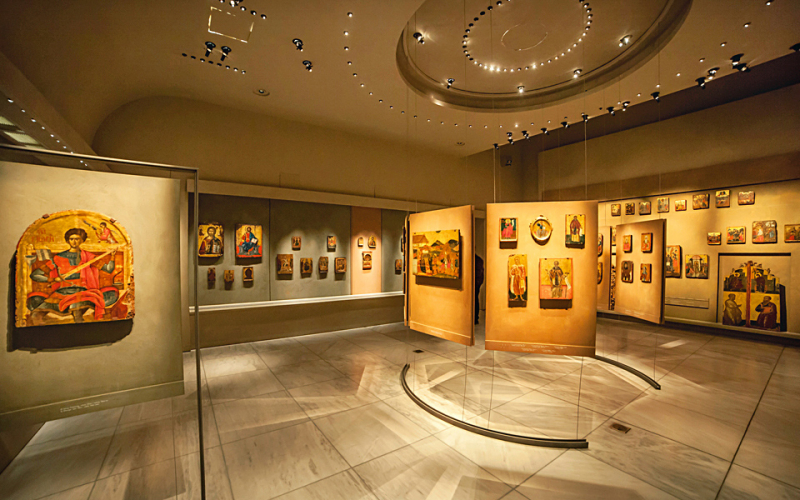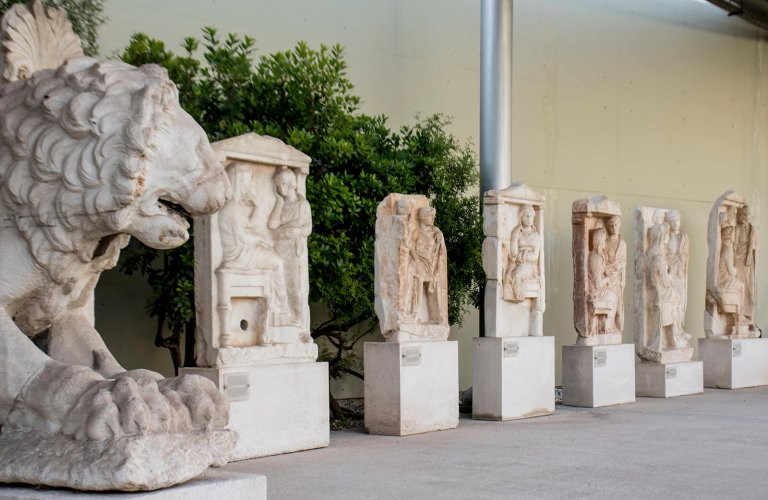Museum of Byzantine Culture

The museum is a scientific institution that is open to the public and aims to collect, preserve, protect, conserve, exhibit, and study works and objects from the early Christian, Byzantine, medieval in general, and post-Byzantine periods, primarily from the geographical area of Macedonia, as well as excavation material from the territorial scope of the 9th Ephorate of Byzantine Antiquities, with which it works closely. When required for the enrichment and fuller, richer, and more scientifically informed presentation of its reports, the Museum of Byzantine Culture collaborates with the other Ephorate.
The museum's collection spans the centuries from the second to the twentieth. They are mostly derived through collections, legacies, seizures, donations, or were obtained through private or public help. The majority of the collection is made up of coins, seals, and minor items, with sculptures and symbols coming in second. They came from churches, private homes, and cemeteries in Thessaloniki and Macedonia. Iconic paintings from the 16th and 17th centuries have great aesthetic worth. However, unique textiles from the early Byzantine period (loans from the Benaki Museum), tomb works, and mosaics are especially noteworthy. Selected relics are temporarily loaned to other museums in the United States and overseas for traveling displays.
Location: 2 Leoforos Stratou, Thessaloniki, Central Macedonia 546 40
Website: mbp.gr/en/home











